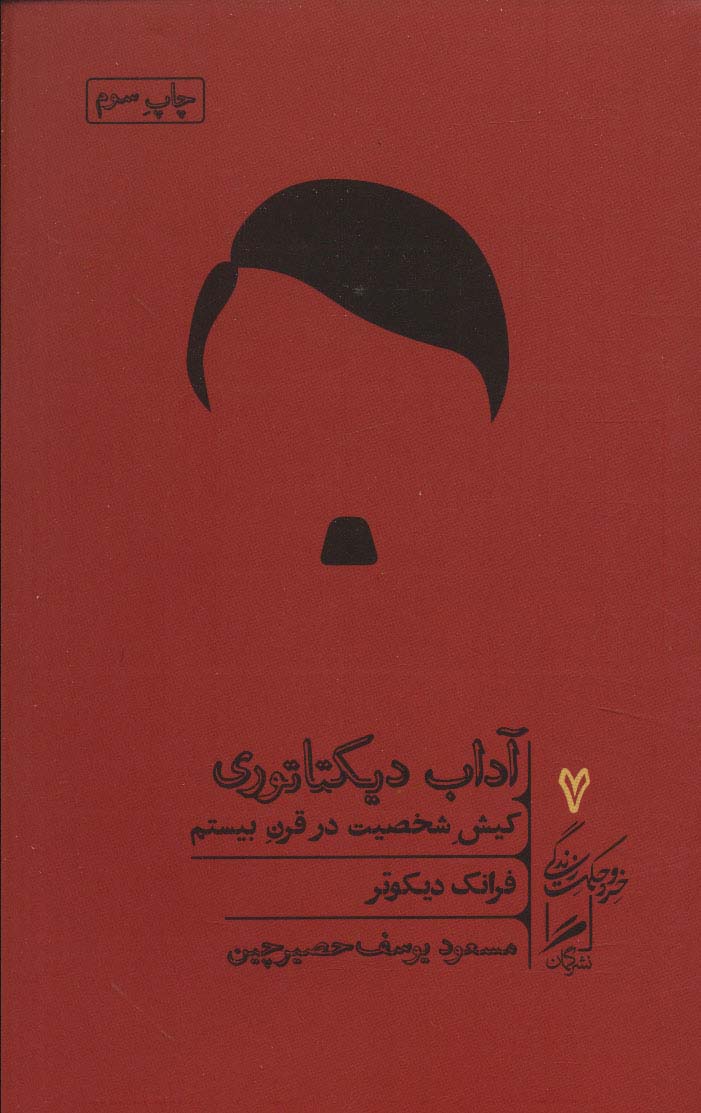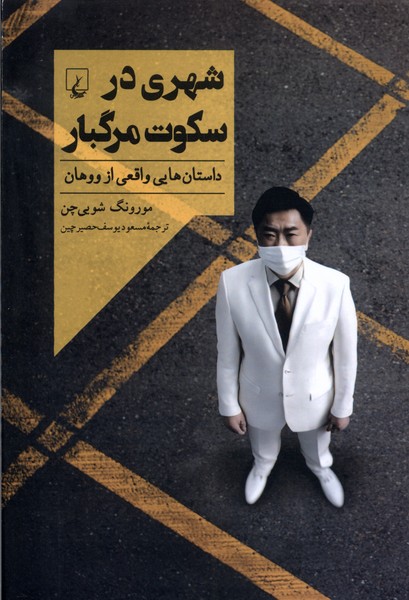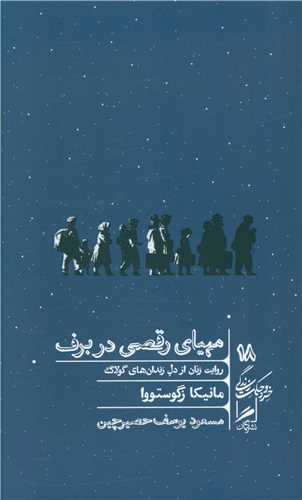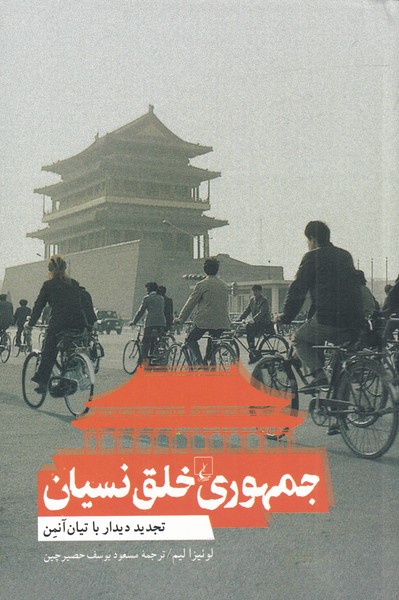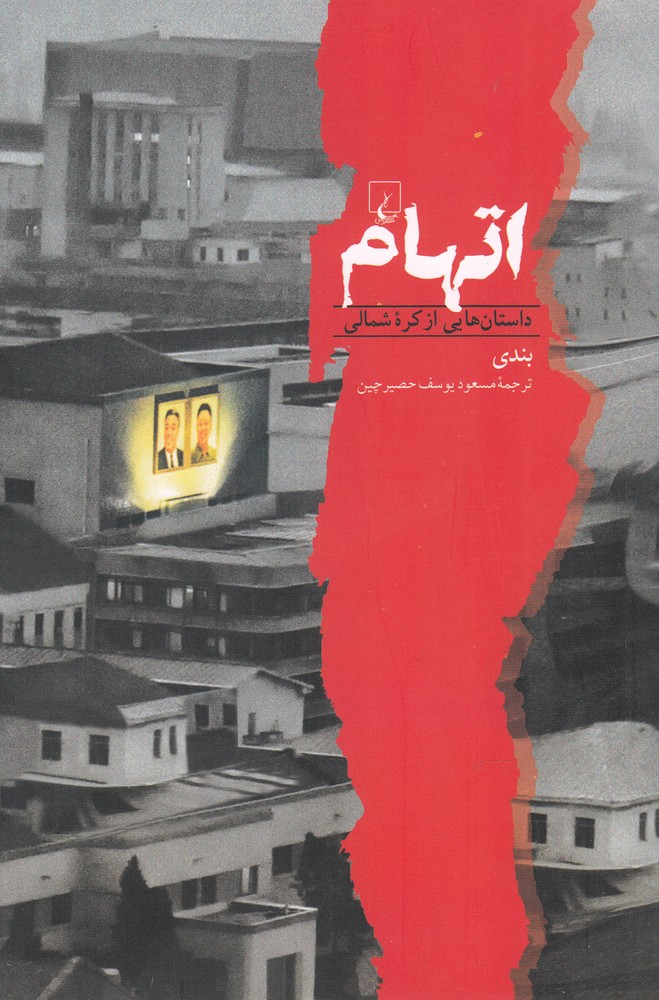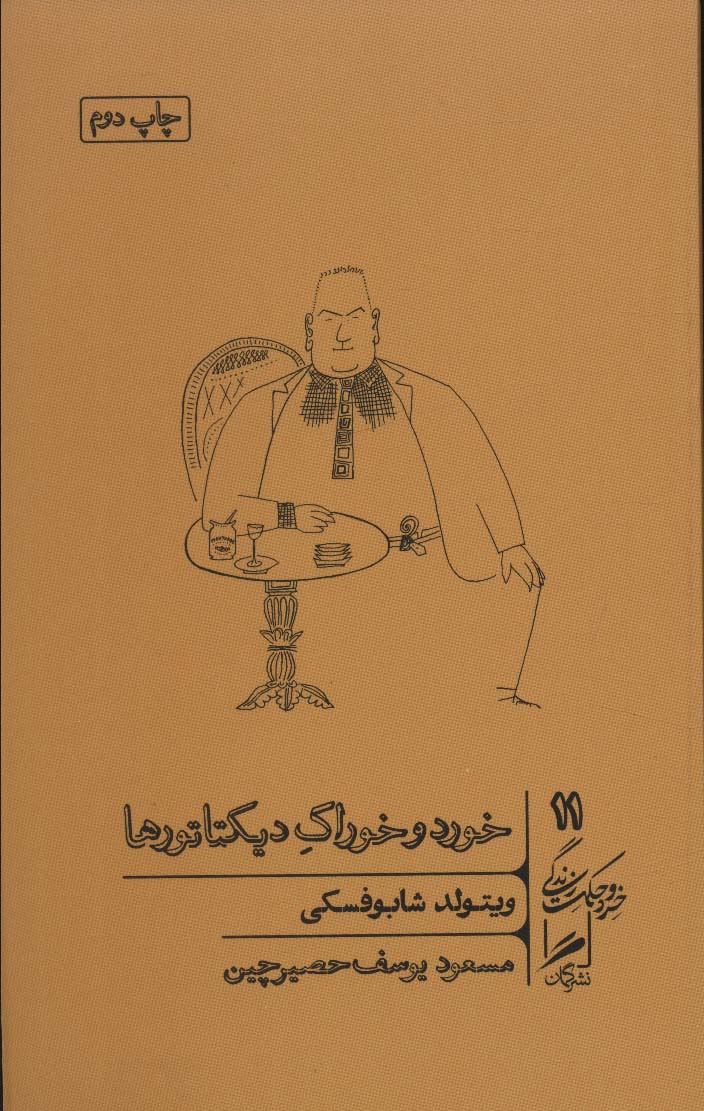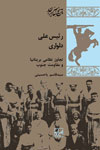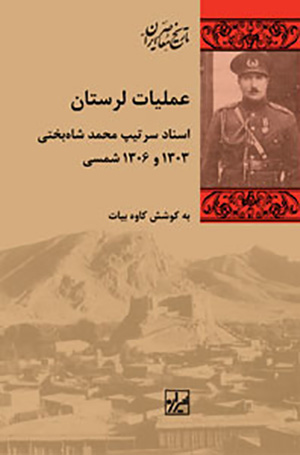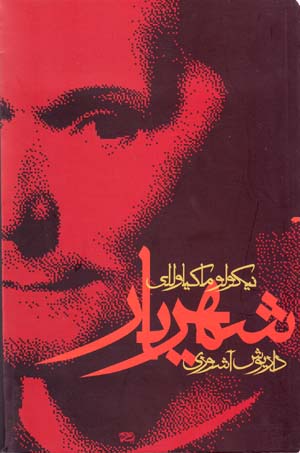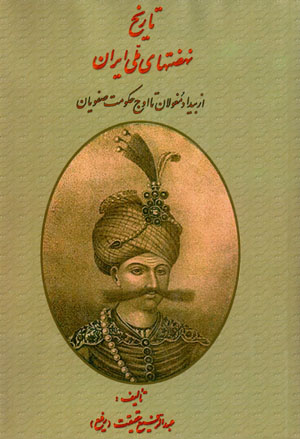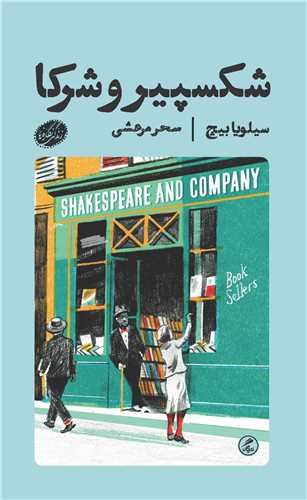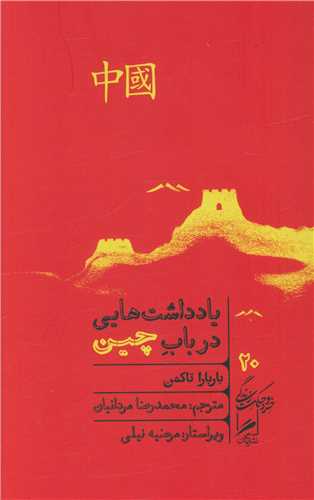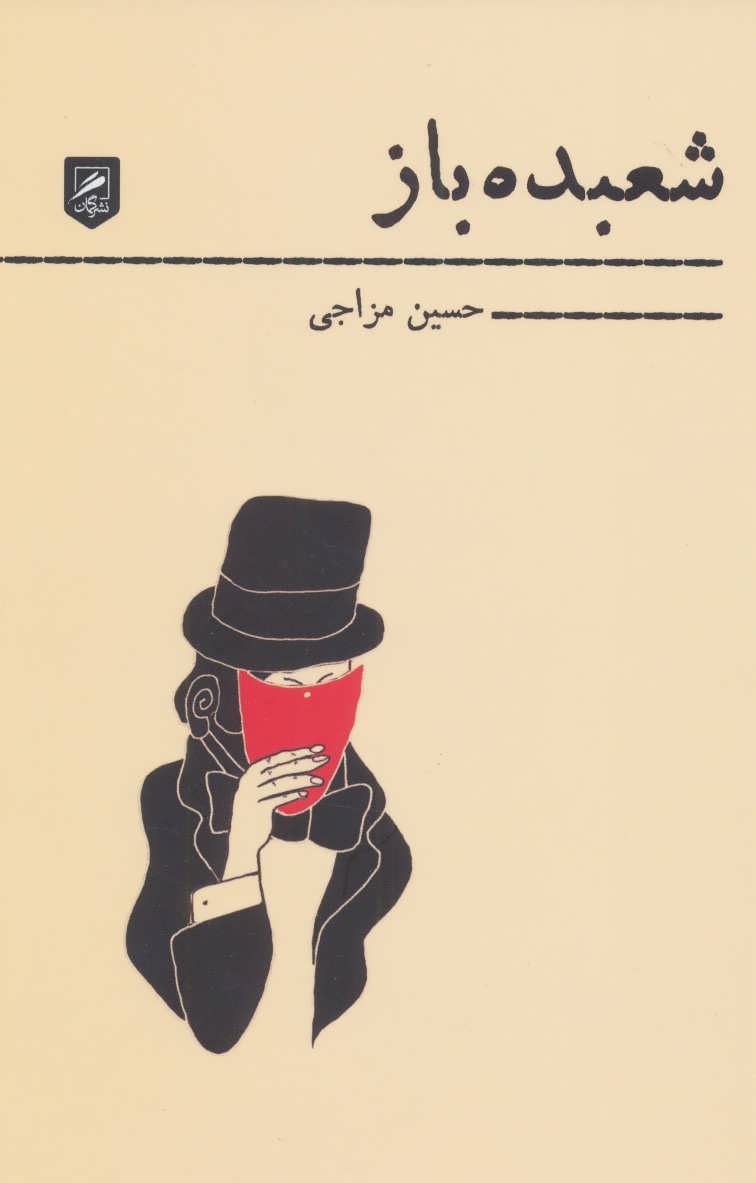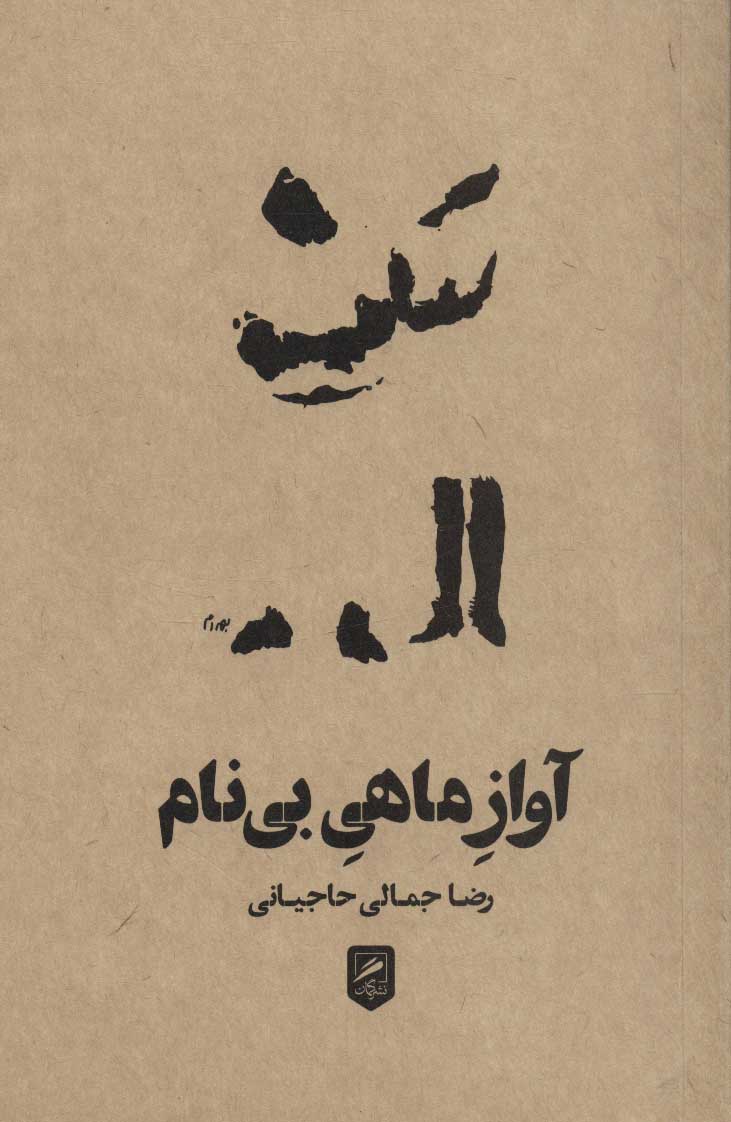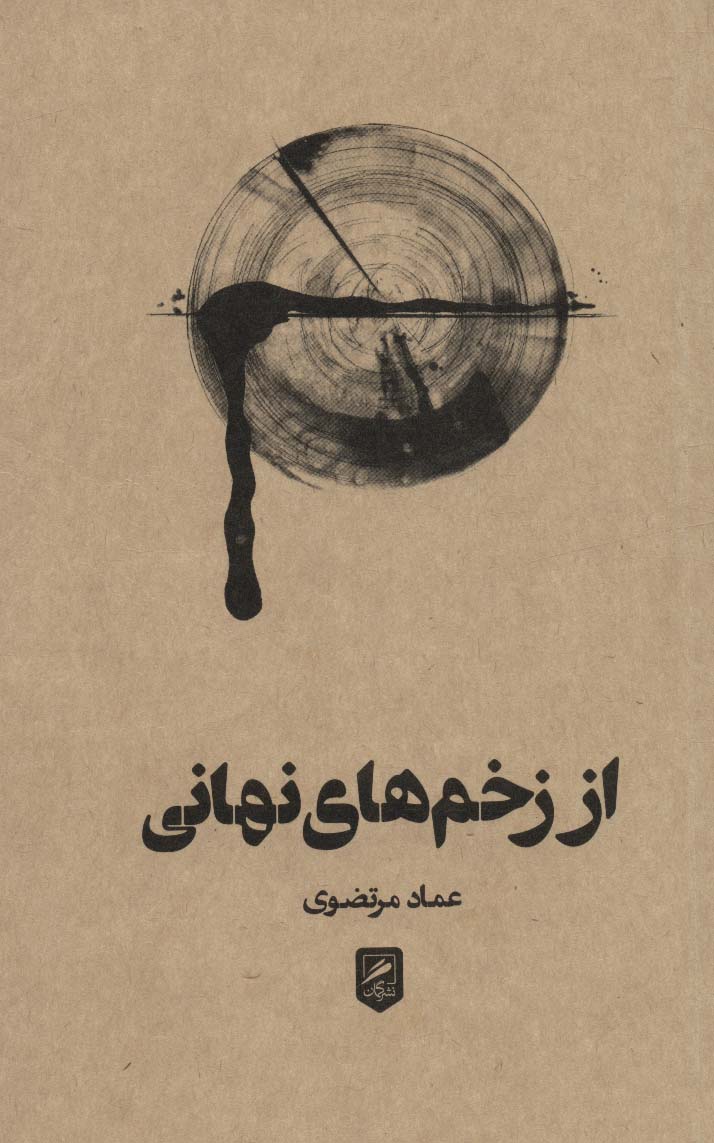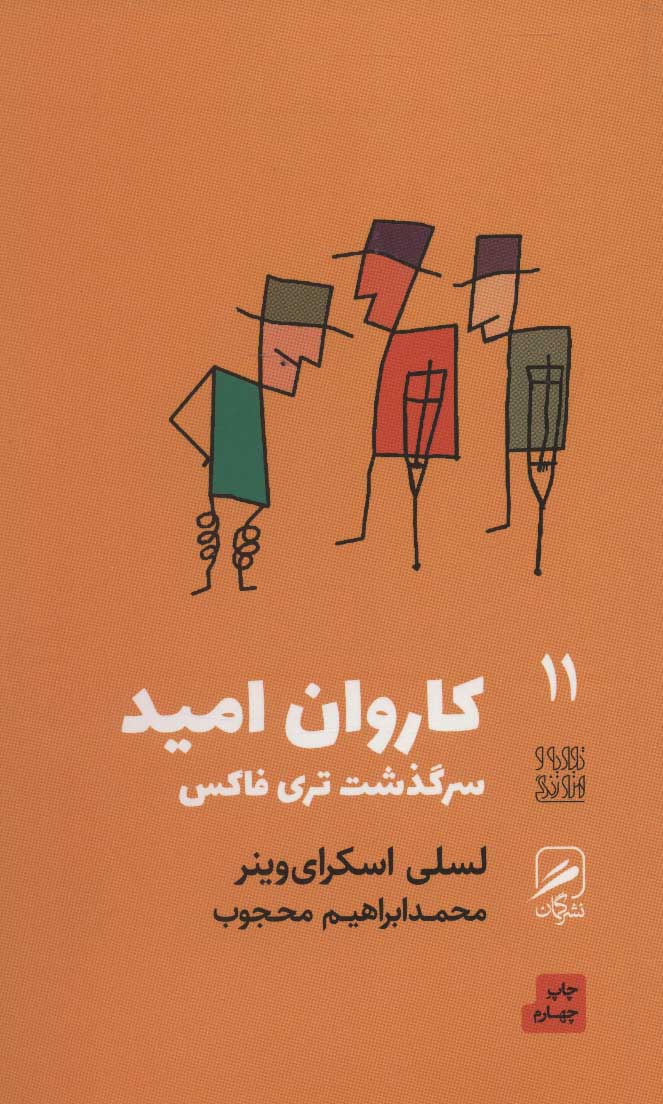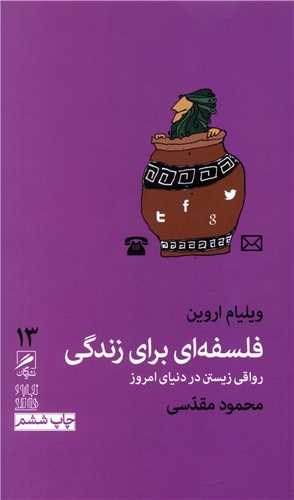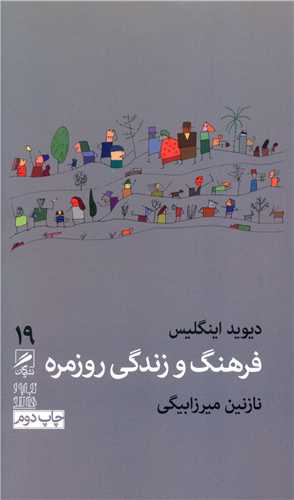ādāb-i dīktāturī: Kīsh-i shakhsīyat dar qarn-i bīstum (khirad va ḥikmat-i zindigī 7): Persian 1401
آداب دیکتاتوری:کیش شخصیت در قرن بیستم (خرد و حکمت زندگی 7)
171 SEK
Share
Wishlist
Original Title:
How to Be a Dictator: The Cult of Personality in the Twentieth Century
ISBN:
9786007289686
Translator:
Masʻūd Yūsuf Ḥaṣīrchīn
Publisher:
Guman
Age Group:
Adult
Pages:
320
Weight:
221 g
Dimensions:
11 x 20 x 3.5 cm
Book Cover:
Paperback
A philosophical book that aims to answer the question: "After the fall of communism, did the lives of the people of Eastern Europe lead to prosperity and happiness?" It studies the politics and situation of Eastern Europe on the 30th anniversary of the collapse of the Soviet Union and Yugoslavia, and by reviewing the past experiences and memories, it thinks about the future of Europe, but also presents horizons beyond that to the reader. The meeting again at the European cafe, in the context of dealing with its controversial issue, points out to make decisions with a more open vision and a more accurate understanding, and finally to bravely accept the responsibility and consequences of our decisions.
Excerpt from the book:
The upcoming book is written about eight well-known dictators of the 20th century and focuses on the role of the cult of personality and propaganda, which are one of two pillars and tools of power, in the governance of these personalities. These people established a modern and new type of dictatorship, a dictatorship based on a sacred, praiseworthy, and mysterious image that forced a large number of people to support and praise them whether they wanted to or not. Such governments, which do not rely only on terror and use the cult of personality as a spice for their government, have a longer lifespan and survival, but how can one get the real level of this enthusiasm and praise that is sent from the people is a question. It is remarkable. This book deals with the formation, growth, and survival of a personality cult and shows its main position.
Excerpt from the book:
Stalin's personality cult gradually took on industrial dimensions. Stalin had not only liberated the Soviet Union but also occupied half of Europe. From Poland in the north to Bulgaria in the south, the Red Army seized vast territories that became satellite states. Future leaders, known as the "little Stalins," traveled from Moscow to oversee the colonization of their countries—Walter Brecht in East Germany, Bolesław Beyrut in Poland, and Matthias Rakoszy in Hungary. At first, it was slow because Stalin had ordered to proceed with caution, but by 1947 in all those countries the secret police were sending hordes of real and imaginary enemies to prisons or camps. Also, the communists nationalized schools, dissolved independent organizations, and weakened the church. The demand for posters, portraits, portraits and statues of Stalin skyrocketed, as the new subjects were obliged to worship their master, who was far from them and based in Moscow, worshiped in Warsaw as "Poland's staunch friend" and in East Berlin with the title "The German People's Best Friend". In the houses, the statues and monuments of Stalin's glory multiplied, although he himself withdrew from public life more and more every day due to weakness and fatigue. On Stalin's 70th birthday, the cult of his personality reached its peak. As he celebrated his birthday at the Bolshoi Hall in Moscow, floodlights showed a large statue of Stalin in full military uniform suspended from balloons above Red Square. The next day, millions of small red flags were flown with cloths carrying the same message: "Glory to the Great Stalin." Officials distributed about two million posters, in addition to thousands of portraits, many of which glowed at night.
more
کتاب پیش رو پیرامون هشت دیکتاتور نام آشنای قرن بیستم نگارش شده و به بررسی نقش کیش شخصیت و پروپاگاندای که یکی از دو رکن و ابزار قدرت به شمار می آیند در حکمرانی این شخصیت ها تمرکز کرده است؛ این افراد گونه ای مدرن و نو از دیکتاتوری را پایه گذاری کردند، دیکتاتوری استوار بر تصویری مقدس، قابل ستایش و رمزآلود که عده ی گسترده ای از مردم را وادار می کرد خواه یا ناخواه به طرفداری و ستایش آن ها روی آورند. این گونه حاکمیت ها که تنها بر وحشت تکیه ندارند و کیش شخصیت را چاشنی حکومت خود می کنند از عمر و بقای بالاتری برخوردارند اما این که چگونه می توان دریافت از این اشتیاق و ستایشی که از سوی مردم روانه می شود چه میزان آن واقعی است مسئله ای است قابل توجه. کتاب حاضر به چگونگی شکل گیری، رشد و بقای کیش شخصیت می پردازد و جایگاه اصلی آن را نمایان می سازد.
گزیده ای از کتاب:
کیش شخصیت استالین کم کم ابعاد صنعتی به خودش گرفت. استالین نه تنها اتحاد جماهیر شوروی را آزاد، بلکه نیمی از اروپا را هم اشغال کرده بود. از لهستان در شمال تا بلغارستان در جنوب، ارتش سرخ قلمروی عظیمی را گرفت که به دولت های اقماری تبدیل شدند. رهبران آینده، معروف به «استالین های کوچک»، برای نظارت بر استعمار کشورهایشان، از مسکو راهی آنجا شدند -والتراولبریخت در آلمان شرقی، بولسواف بیروت در لهستان و ماتیاش راکوشی در مجارستان. در ابتدا این سیر به کندی طی شد، چرا که استالین دستور داده بود با احتیاط پیش بروند، اما تا سال 1947 در همه ی آن کشورها پلیس های مخفی دسته دسته دشمنان واقعی و خیالی را به زندان یا اردوگاه ها می فرستادند. همچنین کمونیست ها مدارس را ملی و سازمان های مستقل را منحل و کلیسا را تضعیف کردند. تقاضا برای پوسترها، پرتره ها، سردیس ها و تندیس های استالین سر به فلک کشید، چون رعیت های جدید موظف بودند اربابشان را که از آنها دور و در مسکو مستقر بود بپرستند، در ورشو با عنوان «دوست استوار لهستان» می پرستیدندش و در برلین شرقی با عنوان «بهترین دوست مردم ژرمن». در خانه ها هم تندیس ها و یادبودهای شکوه استالین چندین برابر شد، اگرچه خود او به دلیل ضعف و خستگی هر روز بیش از پیش از زندگی عمومی کناره می گرفت. در تولد هفتادسالگی استالین، کیش شخصیت او به اوج خودش رسید. هنگامی که در تالار بولشوی در مسکو تولدش را جشن می گرفت، نورافکن ها مجسمه ی بزرگی از استالین را با لباس کامل نظامی نشان دادند که از بالون هایی در بالای میدان سرخ معلق بود. فردای آن روز، میلیون ها پرچم سرخ کوچک همراه با پارچه نوشته هایی به اهتزاز درآمد که پیغام یکسانی را بیان می کرد: «شکوه از آن استالین بزرگ است». مسئولین حدود دو میلیون پوستر، به اضافه ی هزاران پرتره توزیع کردند که بسیاری شان در شب می درخشیدند.
more

